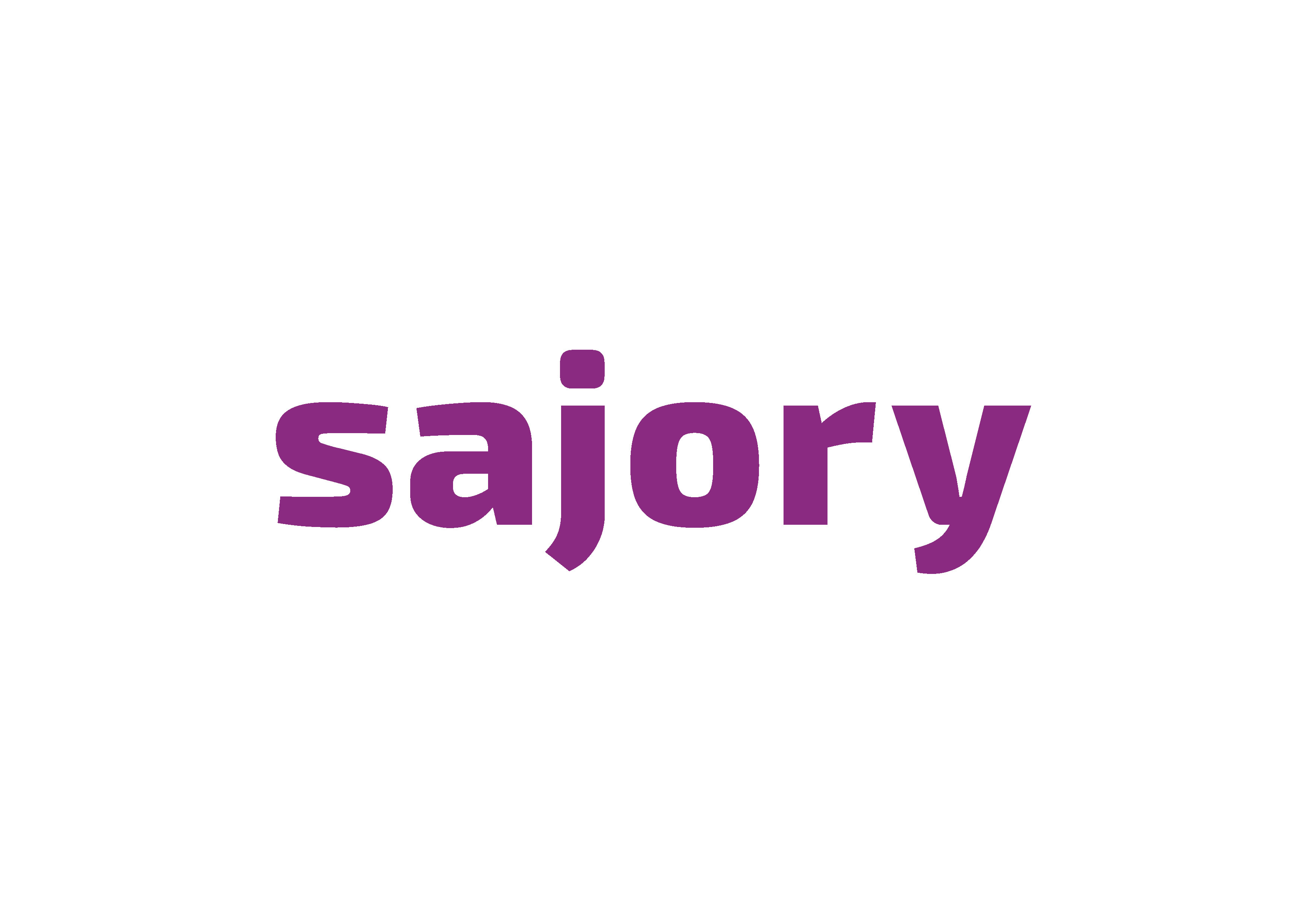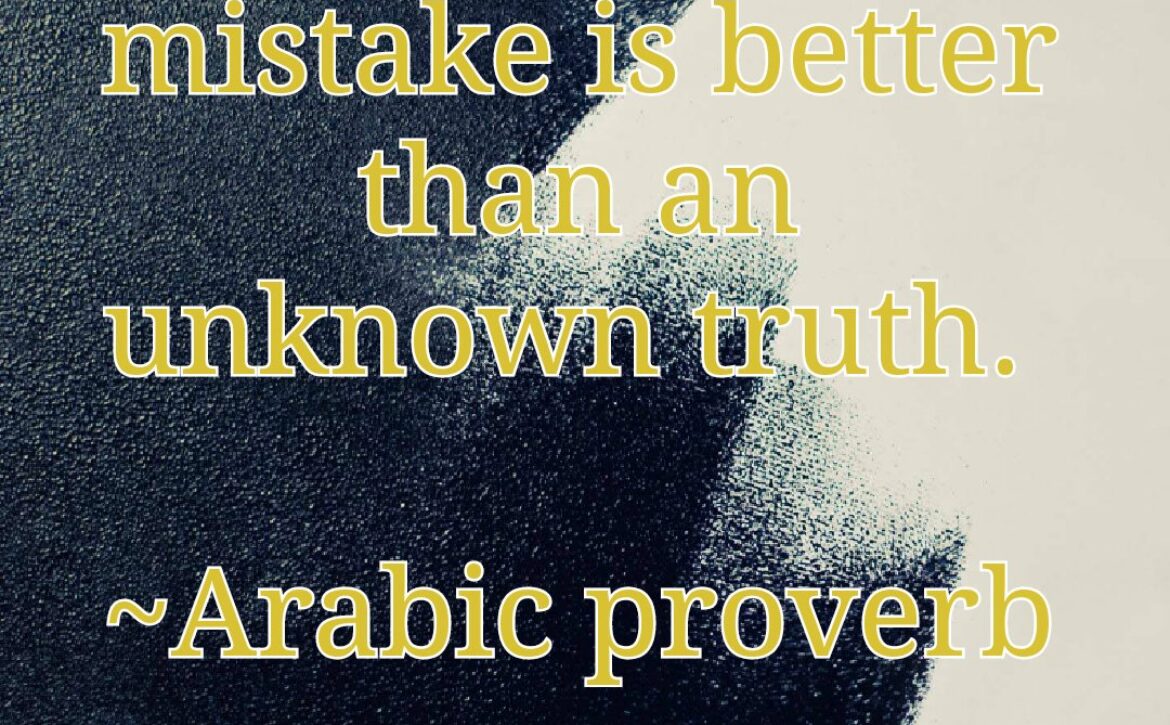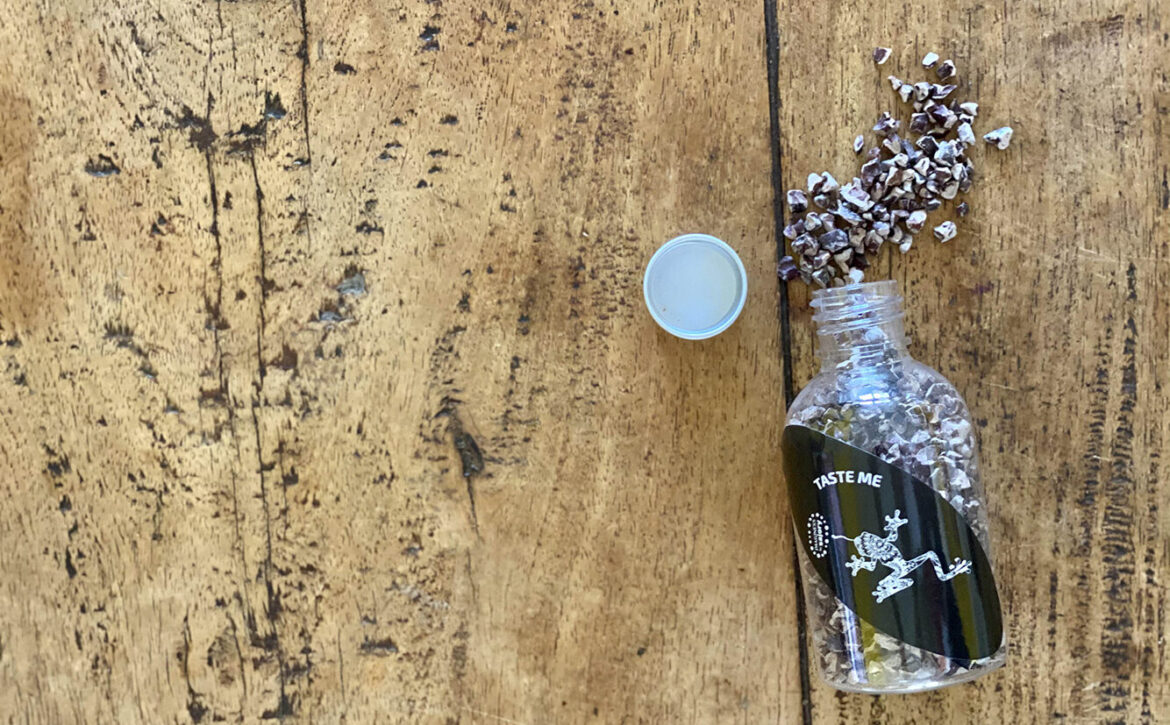The woodcutter without a brain
I want to share with you a story and ask a question.
This story I learned during my years as a storyteller in Montreal in the early 2000s. I gathered a plethora of folktales from 22 Arabic countries for “My Arabic Story”, a nonprofit powerhouse that gathered and told Arabic fables to Canadians worldwide.
The woodcutter without a brain. A story from Morocco (retold by Inea Bushnaq)
Two woodcutters were walking in a thicket when they saw lion footprint on the road. “This is the mark of a lion,” said one. “What shall we do?” “Let us go on our way and do what we have to do,” said his friend. So they continued along the path and each collected a load of firewood. When it was time for them to return, the first man said, “Let us take another way home”. “No, this path is shorter,” said his friend. The first man said, “I’m not walking in the same path as the lion.” And he took a rocky path higher up the mountain.
The second woodcutter returned the way they had come. When he reached the place where they had noticed traces of a lion, he found the lion himself sitting in the middle of the road. “Peace be upon you O lion.” Said the man. “Peace, O son of Adam,” said the lion. “What are you doing here?” asked the man. “I am sick,” replied the lion, “and I need the brain from the head of a man to cure me. God in His mercy has led you to me and is offering me your brain, praise be to Him.”
“Listen, O lion,” said the man, “for what I am about to tell you is the truth. I am a brainless fellow. Had I the least bit of brain I should not have returned this way. The one with the brain is up there beyond the rocks!”
“God grant you happiness.” said the lion and began climbing up the mountain.
—————-
My two questions:
What type of brainless fellows are you surrounded with that might serve you on a plate to the lion?
How would you protect yourself, brain, and ideas from such experience while you continue collecting your wood and making sound decisions?





